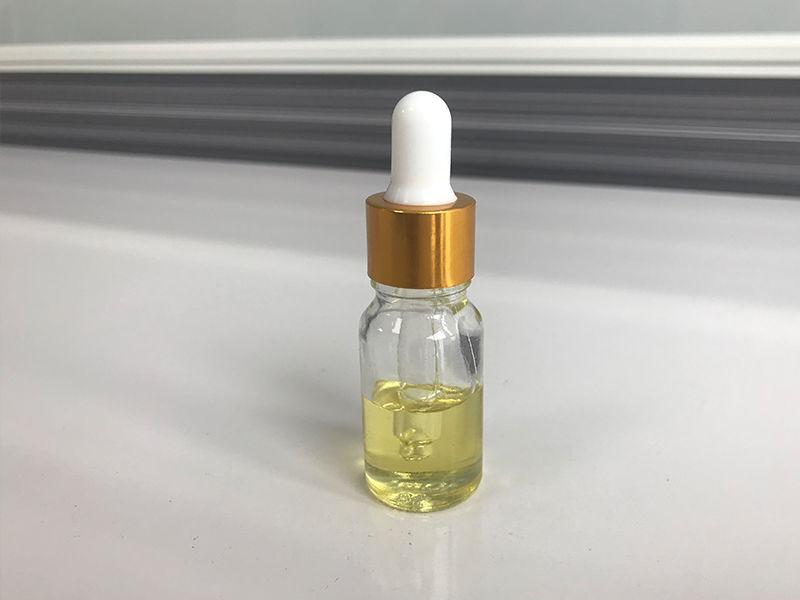Producing DHA algal oil involves the cultivation of microalgae that are rich in DHA, followed by the extraction and processing of the oil. Here are general materials and methods commonly used in the production of DHA algal oil:
Materials of DHA Algal Oil:
1.Microalgae Strain:
Select a DHA-rich microalgae strain (e.g., Schizochytrium sp., Crypthecodinium cohnii) suitable for large-scale cultivation.
2.Culture Medium:
Formulate a nutrient-rich medium containing essential elements for algal growth, such as nitrogen, phosphorus, sulfur, vitamins, and trace minerals.

3.Cultivation System:
Choose a suitable cultivation system, such as open ponds, closed photobioreactors, or fermenters, depending on scale and production requirements.
4.Light Source:
Provide adequate light for photosynthesis. In closed systems, artificial light sources like LED panels may be used.
5.Aeration:
Ensure proper aeration to enhance nutrient distribution and prevent cell sedimentation.
6.Harvesting Equipment:
Select equipment for harvesting the microalgae, such as centrifuges, filtration systems, or flocculation methods.
7.Oil Extraction Solvent:
Choose a solvent for extracting oil from the harvested microalgae. Common solvents include hexane or supercritical carbon dioxide.
8.Processing Aids:
Depending on the extraction method, processing aids like anti-foaming agents may be required.
Methods of DHA Algal Oil:
1.Inoculation and Cultivation:
Inoculate the selected microalgae strain into the culture medium and cultivate under controlled conditions, adjusting parameters like temperature, pH, and light intensity.
2.Harvesting:
Harvest the mature microalgae biomass using the chosen harvesting method. This may involve centrifugation, filtration, or other techniques to separate the algae from the culture medium.
3.Drying:
Optionally, dry the harvested biomass to reduce water content before oil extraction.
4.Oil Extraction:
Extract DHA algal oil from the harvested biomass using a suitable extraction method. Common methods include solvent extraction (using hexane) or supercritical fluid extraction (using CO2).

5.Purification:
Purify the extracted oil to remove impurities, residual solvents, and other unwanted components. This may involve processes like winterization, distillation, or chromatography.
6.Quality Control:
Perform quality control tests to ensure the final product meets specified standards for DHA content, purity, and other relevant parameters.
7.Packaging:
Package the purified DHA algal oil in suitable containers, ensuring proper storage conditions to maintain quality.
8.Storage and Distribution:
Store the packaged DHA algal oil in a controlled environment and distribute it to end-users or manufacturers of dietary supplements, food products, or pharmaceuticals.
It’s important to note that specific methods may vary among manufacturers, and advancements in technology may introduce new techniques for DHA algal oil production. Always adhere to industry standards and regulations during the production process.
